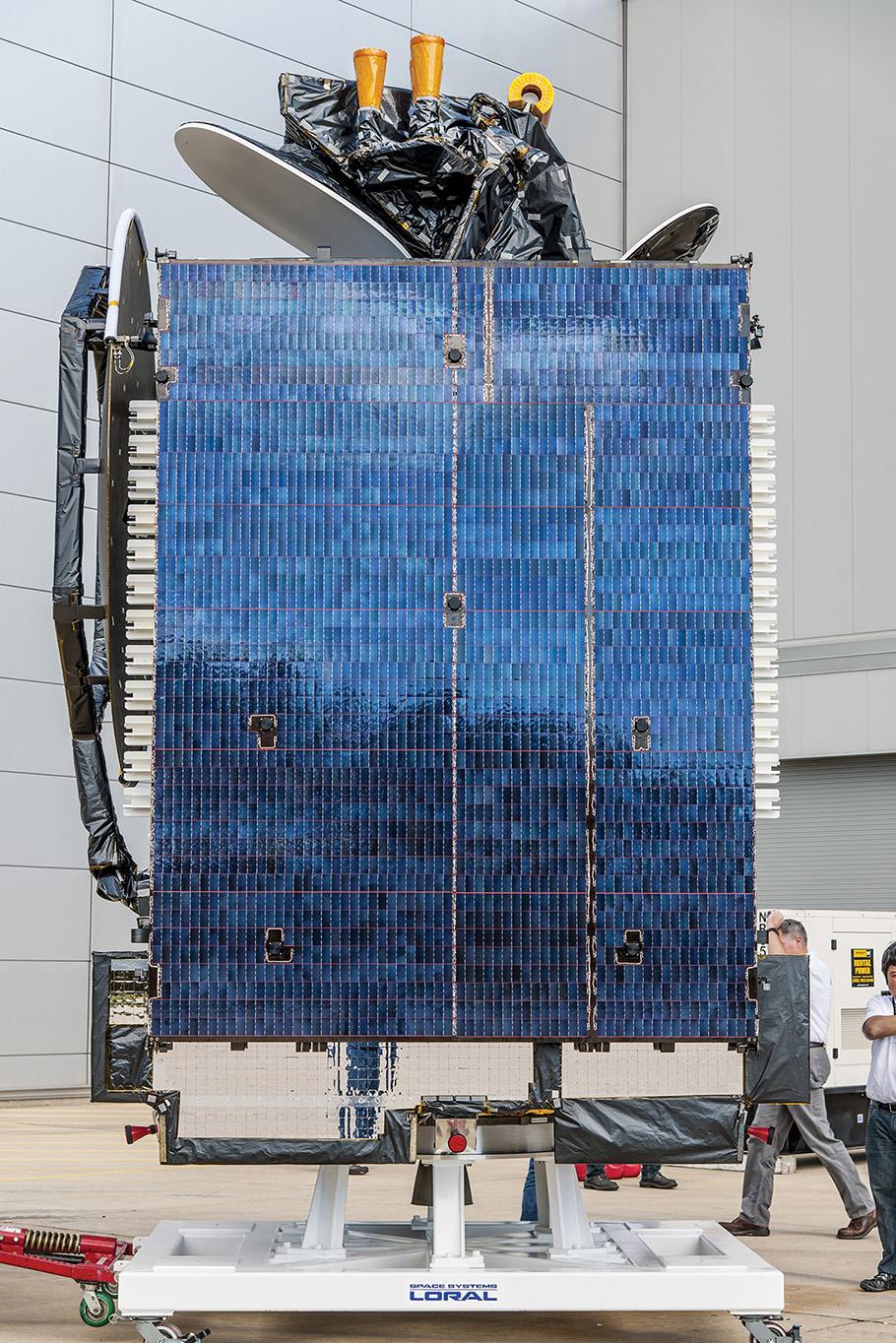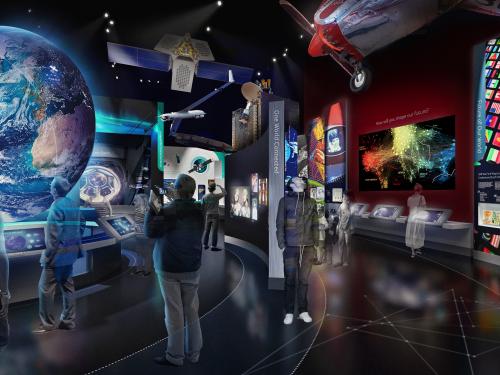This satellite represents the first generation of space-based, commercial radio service developed by Sirius Radio, a U.S. company (now Sirius XM Radio). Designed in 1987 and initiating service in 2001, the Sirius satellite system consisted of three satellites that provided more than 150 digital music and audio channels to North America. Their inclined geosynchronous orbits were a distinctive design feature that enabled clear radio reception over the entire country.
This FM-4 spacecraft was built as a flight-ready backup for the system but never used. The round antenna on the side of the spacecraft transmits radio signals to the ground. The solar panels are stowed as if for launch. Fully opened in orbit, they would span more than 24 meters (78 feet).
Sirius XM Radio and Space System Loral donated the satellite to the Museum in 2012.
Display Status
This object is on display in One World Connected at the National Air and Space Museum in Washington, DC.

Object Details
Country of Origin
United States of America
Type
SPACECRAFT-Uncrewed-Communications
Manufacturer
Space Systems/Loral
Dimensions
Overall [main antenna in stowed position]: 508 x 228.6 x 292.1cm, 1320kg, 591.8cm (16 ft. 8 in. x 90 in. x 115 in., 2910lb., 19 ft. 5 in.) With main antenna unstowed, depth: 591.8cm (19 ft. 5 in.)
Materials
Aluminum, copper, carbon fiber, mylar, plastic
Alternate Name
Satellite, Communications, Sirius FM-4
Inventory Number
A20130001000
Credit Line
Gift of Sirius XM Radio Inc. and Space Systems/Loral, Inc.
Data Source
National Air and Space Museum
Restrictions & Rights
Usage conditions apply
For more information, visit the Smithsonians Terms of Use.


